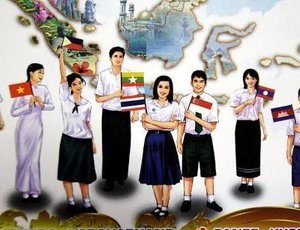With the establishment of the ASEAN Economic Community (AEC) at the end of 2015, ASEAN achieved a significant milestone in the region’s growing political, economic, and cultural integration. As set out in 2007’s ASEAN Economic Blueprint, the AEC seeks to “transform ASEAN into a region with free movement of goods, services, investment, skilled labour, and freer flow of capital.” While considerable progress has been made in liberalizing and normalizing the region’s standards in most of these areas, establishing the free movement of skilled labor lags appreciably behind.
Although ASEAN has clearly stated its goal to promote skilled labor mobility, current policies not only trail the European Union, where freedom of movement is essentially unencumbered, but also less ambitious regional trade agreements such as the North America Free Trade Agreement (NAFTA) and the Caribbean Community (CARICOM). The lack of a cohesive regional framework, nationalist and protectionist policies, and middling political will impede ASEAN’s skilled labor mobility. However, employers can still take advantage of policies that facilitate the hiring of skilled workers in certain sectors to address the frequent skilled labor shortages found within ASEAN countries.



